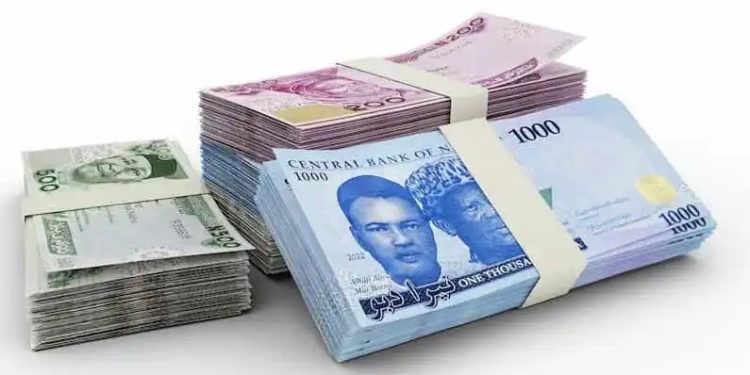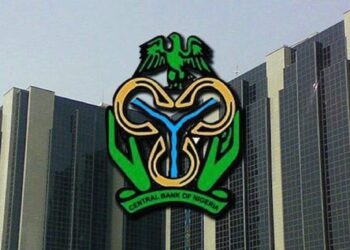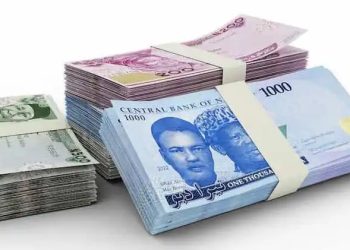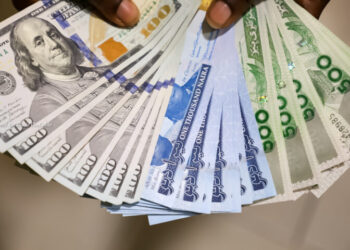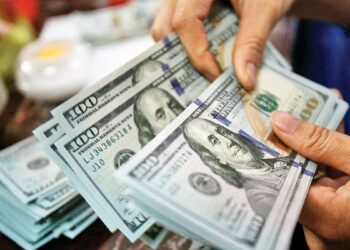The Nigerian naira remained stable in the unofficial black market, trading at around ₦1,660/$ in the last trading session of the week. Meanwhile, global currency markets turned their attention to the U.S. nonfarm payroll (NFP) data expected later in the day, which could provide critical insights into the U.S. economy and monetary policy direction.
Despite pressure on the naira, bulls have been unable to push the currency below the ₦1,600/$ threshold this week. Market analysts project a possible boost for the naira in the medium term, driven by anticipated moderation in Nigeria’s inflation, which has been a key concern for both consumers and businesses.
Inflation Outlook Offers Glimmer of Hope
The latest NESG-Stanbic IBTC Business Confidence Monitor report forecasts Nigeria’s inflation rate to drop to 27.1% by December 2025. This comes as structural reforms, including the removal of fuel subsidies and the liberalization of the foreign exchange market, begin to show positive effects despite persistent challenges.
Rising fuel prices and continued currency depreciation have fueled inflationary pressures, particularly in 2024. However, businesses remain cautiously optimistic about price stability, demand, and investment opportunities in the first quarter of 2025, according to the report.
U.S. Dollar Index Nears Two-Year High
Globally, the U.S. dollar index (DXY) held firm near its highest levels since November 2022, driven by expectations of continued monetary tightening by the Federal Reserve. Overnight trading was subdued due to a market holiday in the United States, but during London’s trading session, the DXY showed slight gains, hovering around 109 points.
The dollar’s strength comes as investors await the December nonfarm payroll data, expected to show a decrease from 227,000 to 160,000 jobs added. The Federal Reserve’s December meeting minutes, released earlier in the week, reiterated a cautious approach to lowering interest rates, further supporting the greenback.
Market Implications
The stability of the naira and the dollar’s strength underscore the interconnected nature of local and global markets. While Nigeria grapples with domestic inflation and currency challenges, the performance of the U.S. economy, as reflected in the NFP data, could influence broader financial trends.
As traders monitor developments in both economies, the naira’s medium-term trajectory will hinge on Nigeria’s ability to sustain reforms and curb inflation, while global currency markets await clarity on U.S. labor market conditions and Federal Reserve policies.

